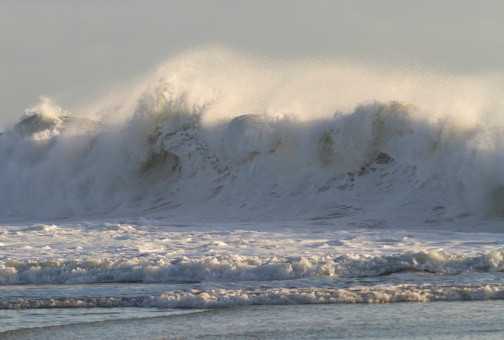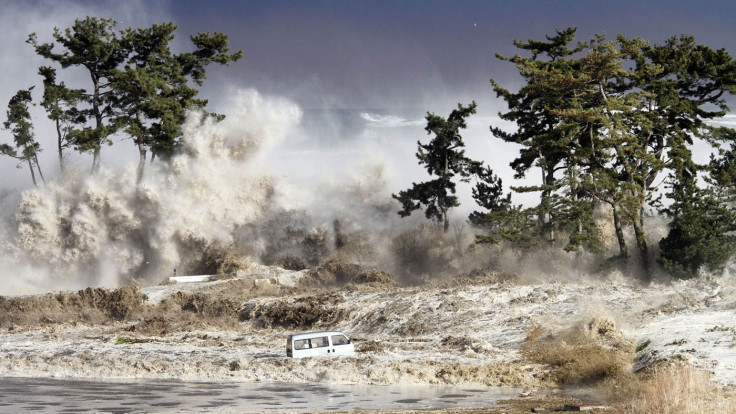We now know what causes the world's biggest tsunamis
Horizontal movements of the seafloor are involved in creating massive tsunamis, a finding which challenges years of science.

Scientists have just challenged years of tsunami science, showing that horizontal seafloor movements can create the energy necessary to generate these massive waves.
Tsunamis are known to occur when the seafloor significantly shifts, as tectonic plates slide under one another during an earthquake. Most of the research dedicated to the subject suggests that vertical motions of the seafloor are responsible for generating nearly all the energy responsible for tsunamis.
However, recent evidence from the 2011 tsunami in Japan seemed to contradict this. Vertical seafloor uplift was only 3 to 5 meters – too small to explain the massive waves that engulfed the Japanese coasts. In contrast, horizontal motions of the seafloor during this event were very large.
This prompted scientists to reconsider the role of horizontal movements, which in this case appeared to have enhanced the tsunami to become as destructive it was.
The new study published in the Journal of Geophysical Research confirms that horizontal seafloor movements, just like vertical movement, also create energy for tsunamis.
"We suspected that horizontal floor movements were involved in the formation of tsunamis before, but we did not know how to quantify how much of an impact these movements had. This is a very interesting, well-designed research, based on solid methods and measurements", Dr Philippe Blondel, senior lecturer in the department of Physics at the University of Bath (and who was not involved in this research) told IBTimes UK.
Waves in a tank
The study is indeed based on a series of rigorous experiments. The team of researchers from Oregon State University and the Jet Propulsion Lab, NASA, used measurements from the 2011 Tohoku tsunami in Japan. They showed that the energy created due to vertical seafloor elevation only accounted for half of the total energy transfers that led to the tsunami.
The scientists then did simulations of both the 2004 Sumatra and 2011 Tohoku earthquakes in tanks of water, using both direct measurements and satellite observations. They mimicked horizontal seafloor movements by moving a vertical wall in the tanks against water, and used a piston-powered wave maker to generate fast waves.
Here, the scientists showed that horizontal seafloor displacement contributed more than half the energy that generated the 2004 and 2011 tsunamis.

Using currently available technologies such as GPS to monitor horizontal movements of the seafloor might be useful to detect a tsunami's size and strength sooner, for early warnings of populations.
"These findings could improve our ability to predict when a tsunami is going to strike and it will give us an idea of its strength when it hits the coast. We may be able to refine our tsunami propagation models, and to better prepare for their arrivals", Blondel concluded.
© Copyright IBTimes 2025. All rights reserved.






















